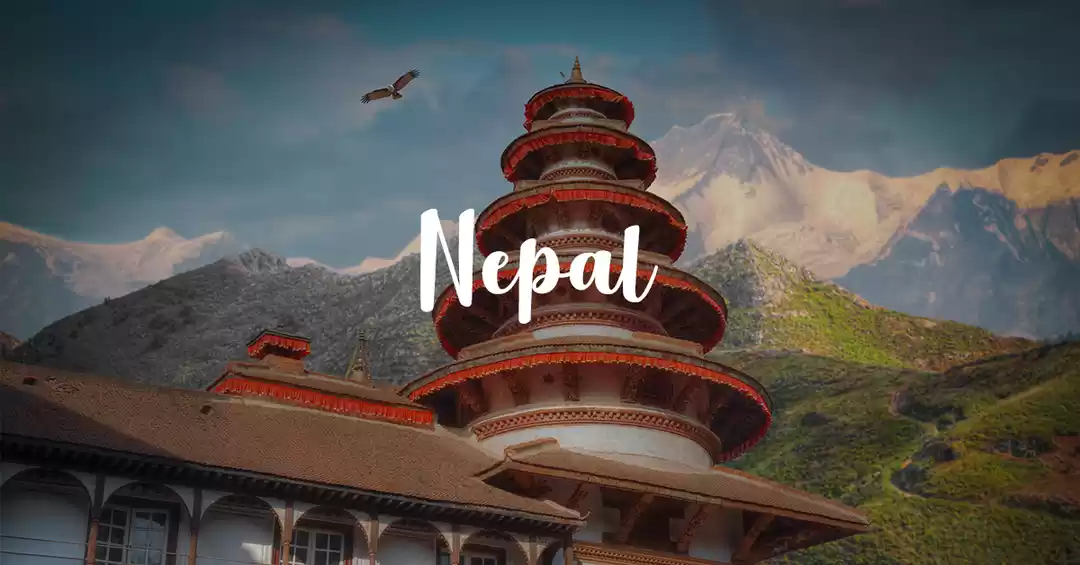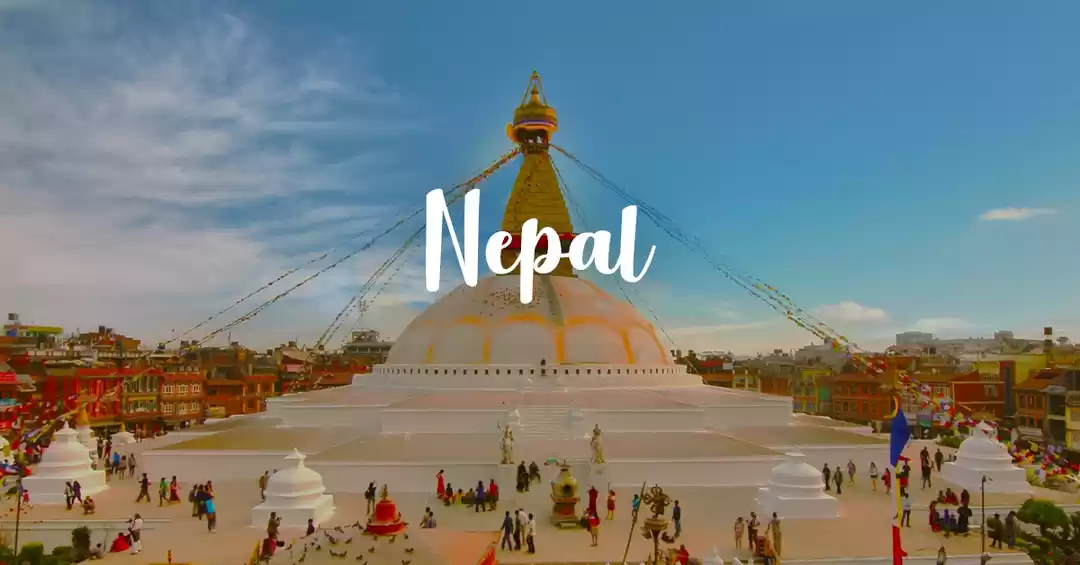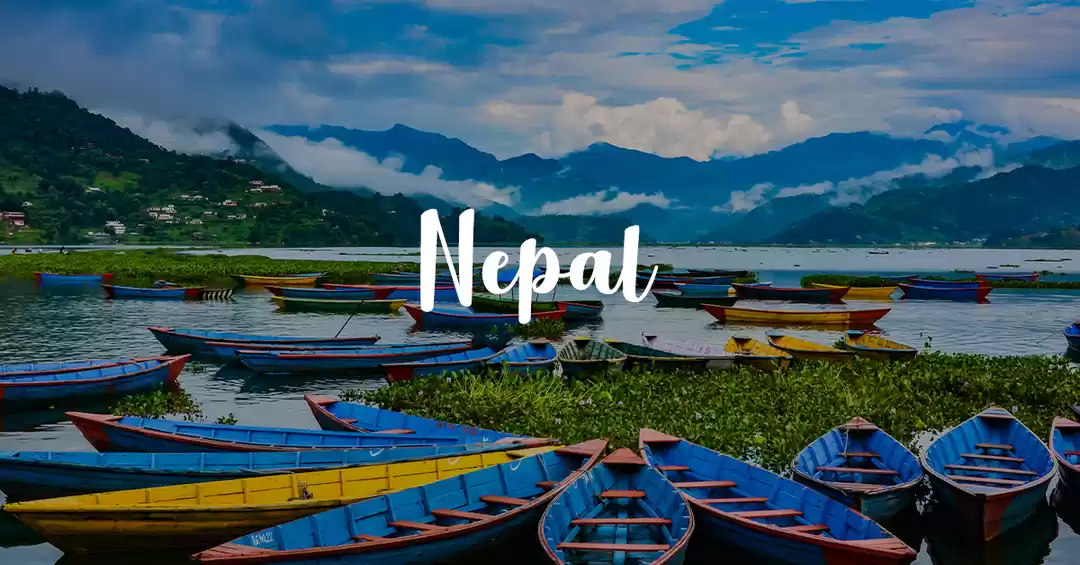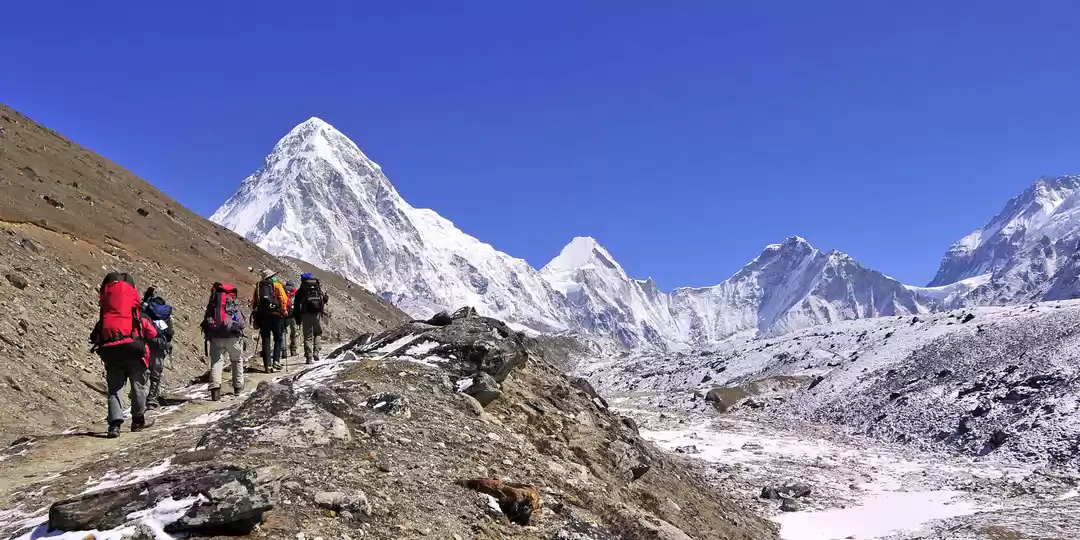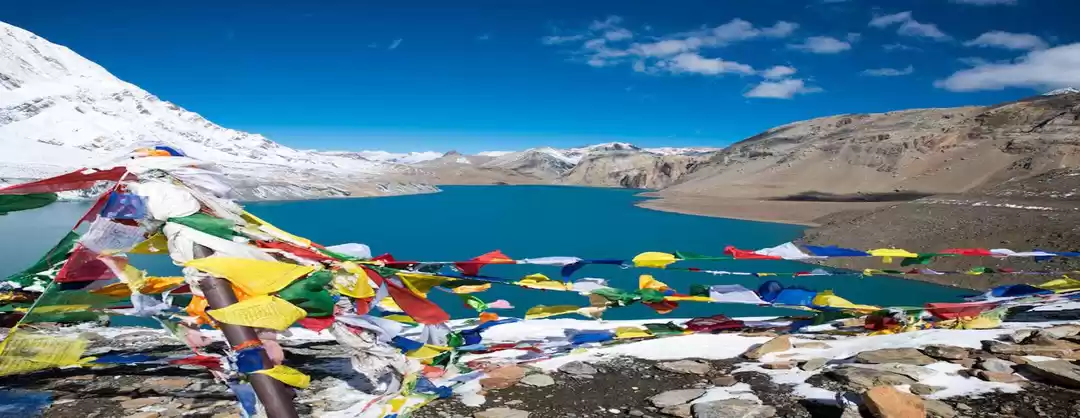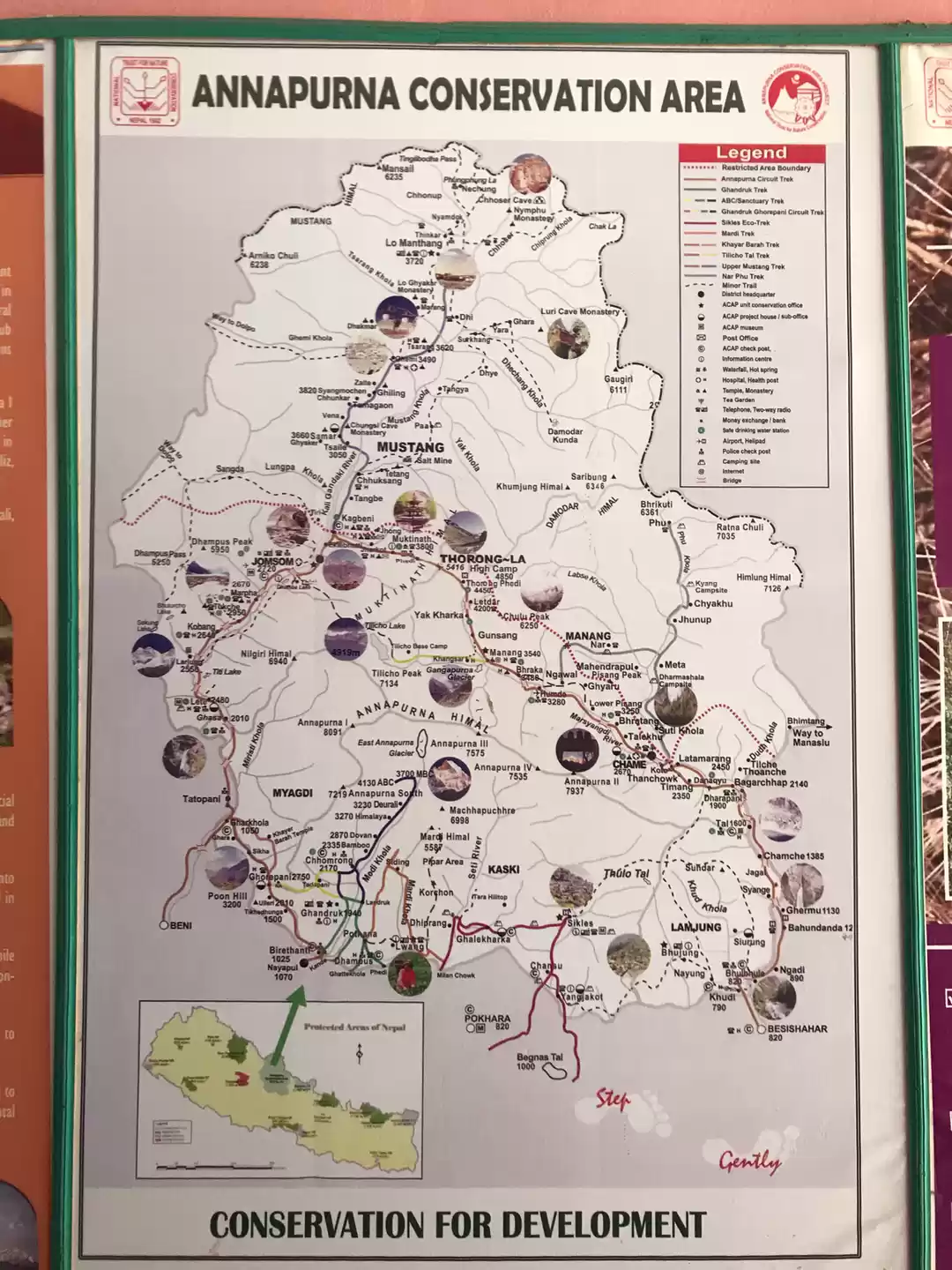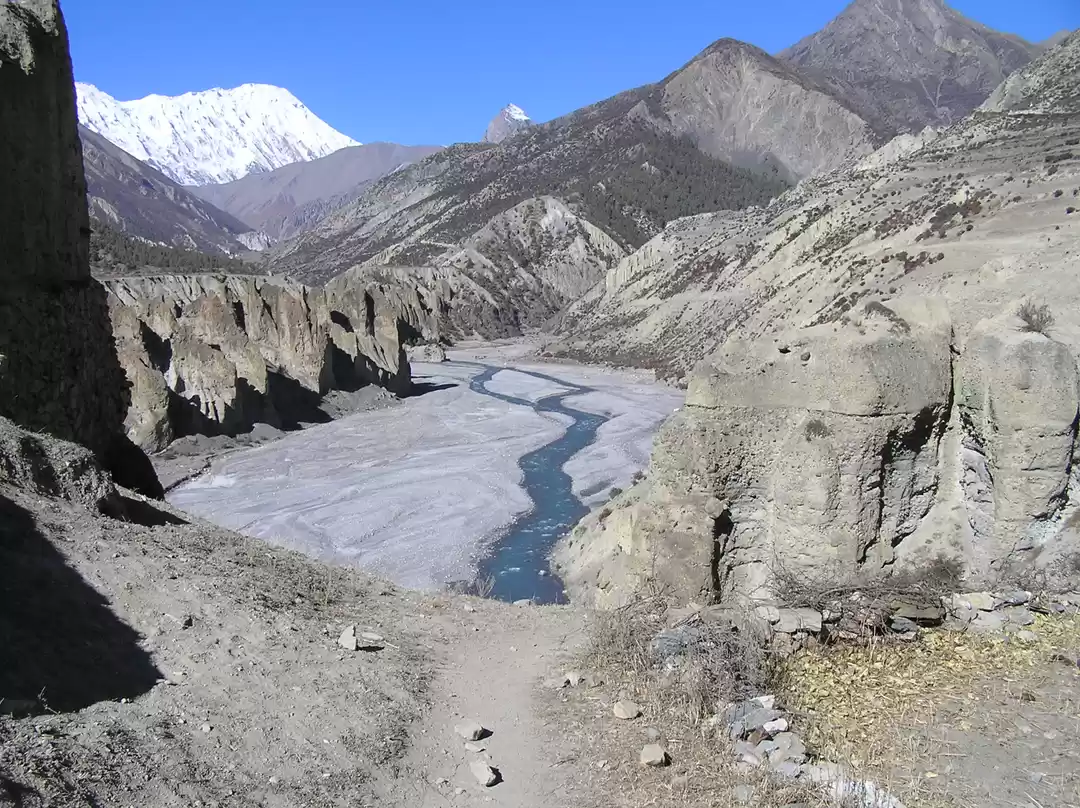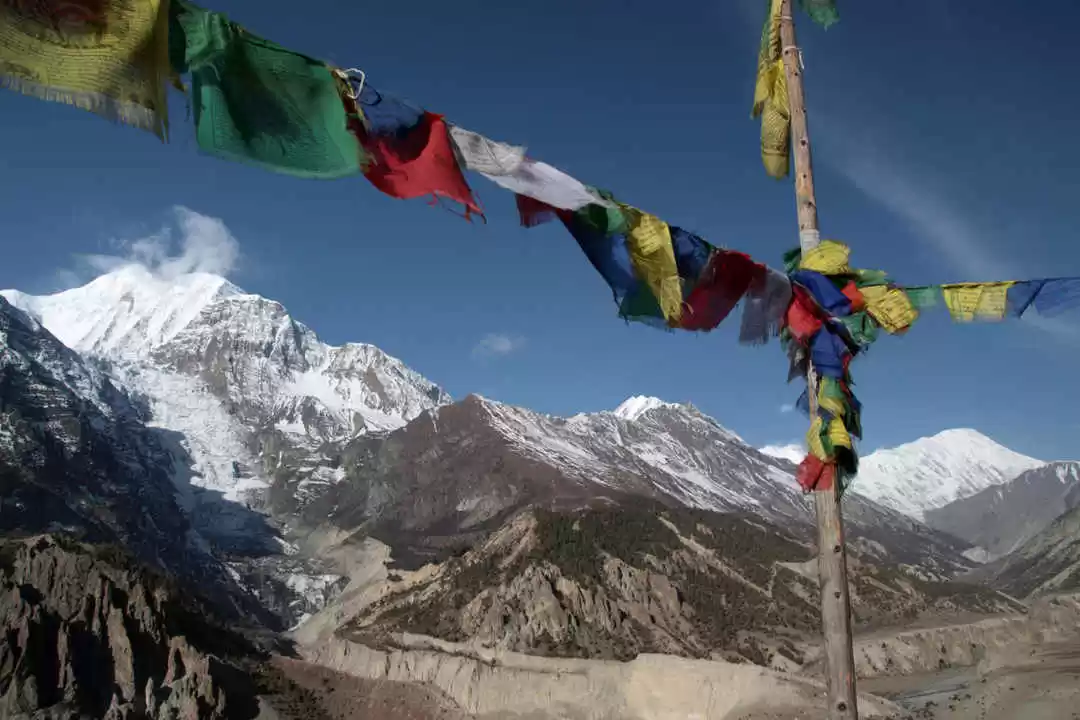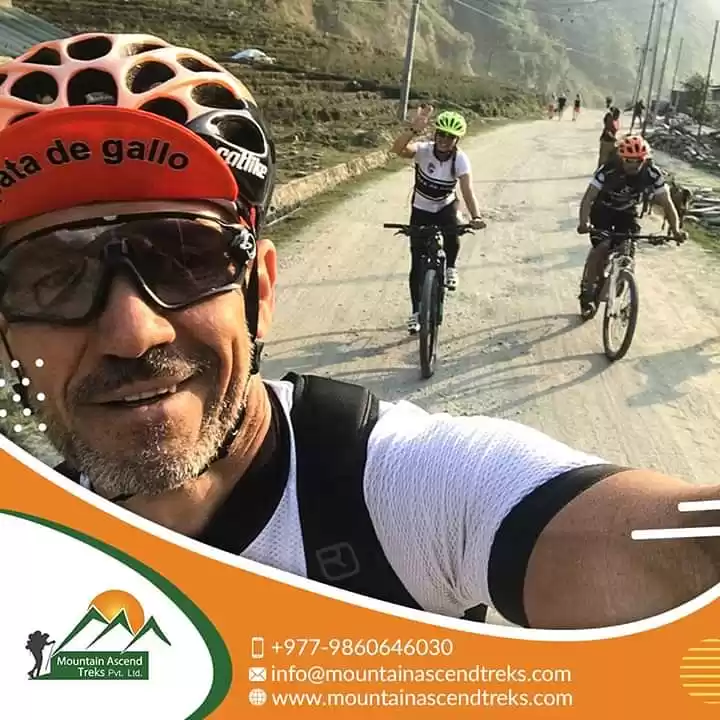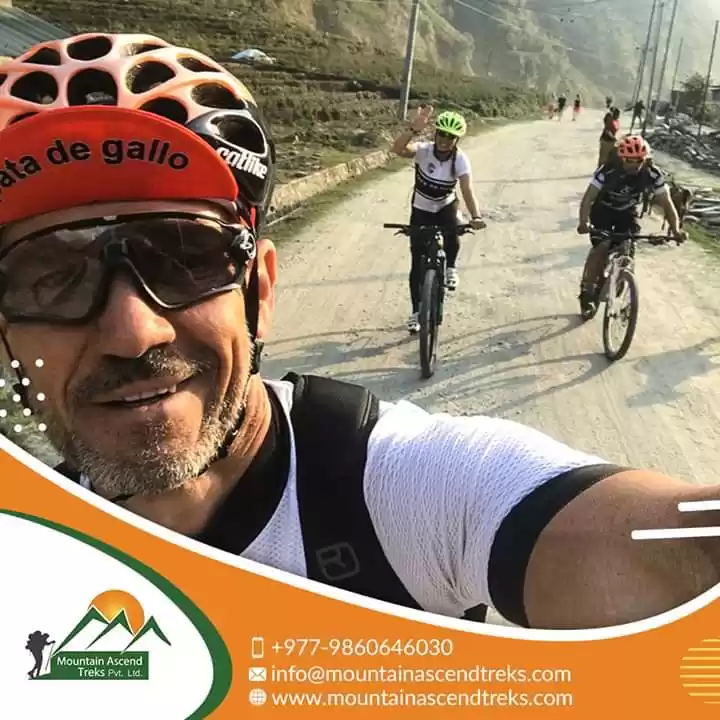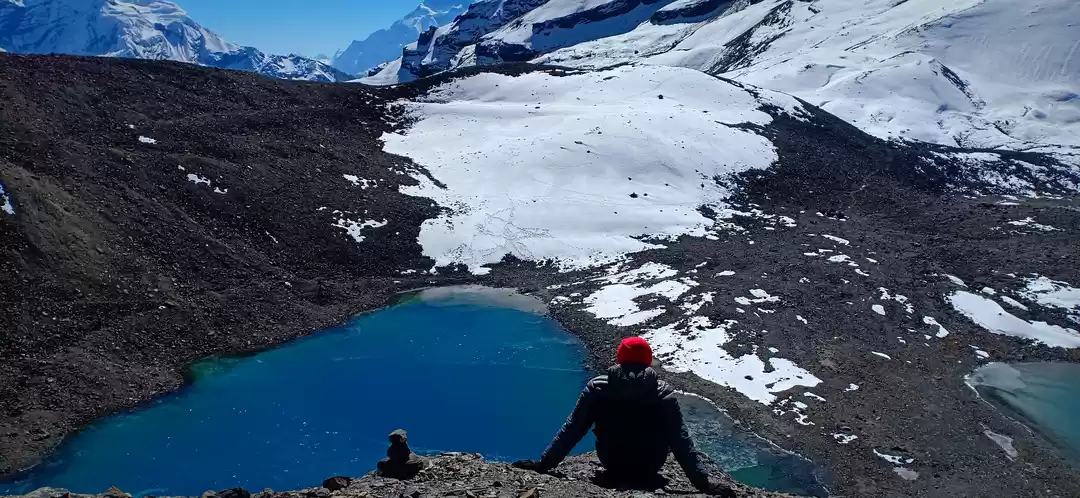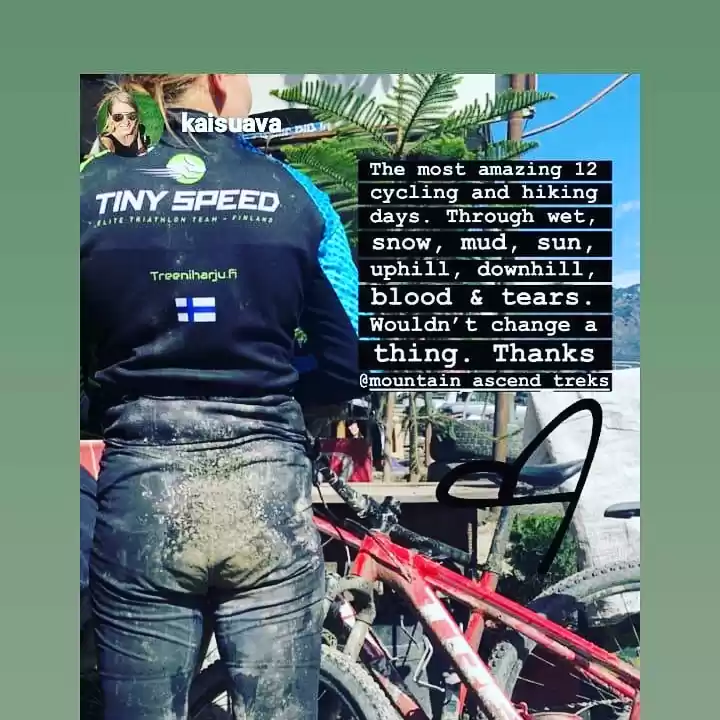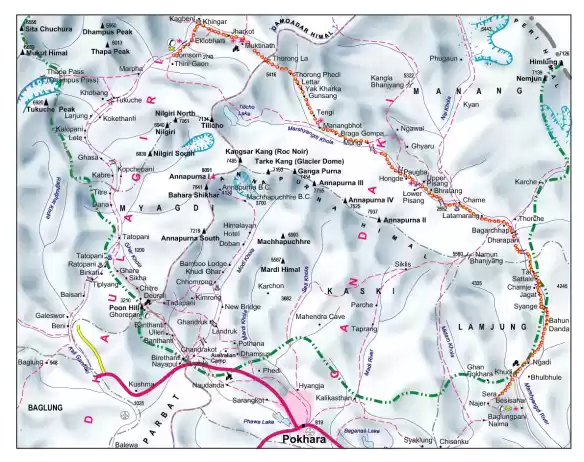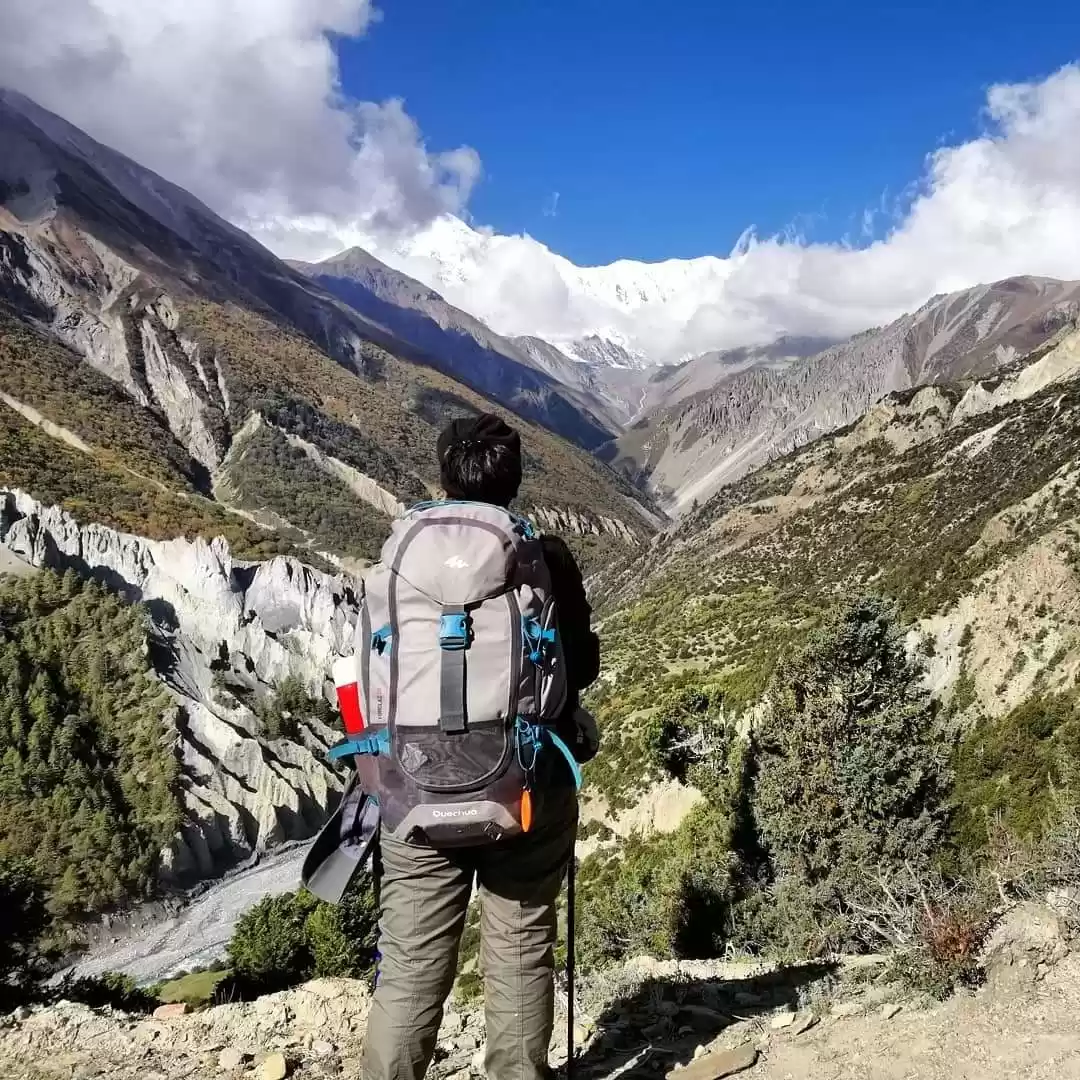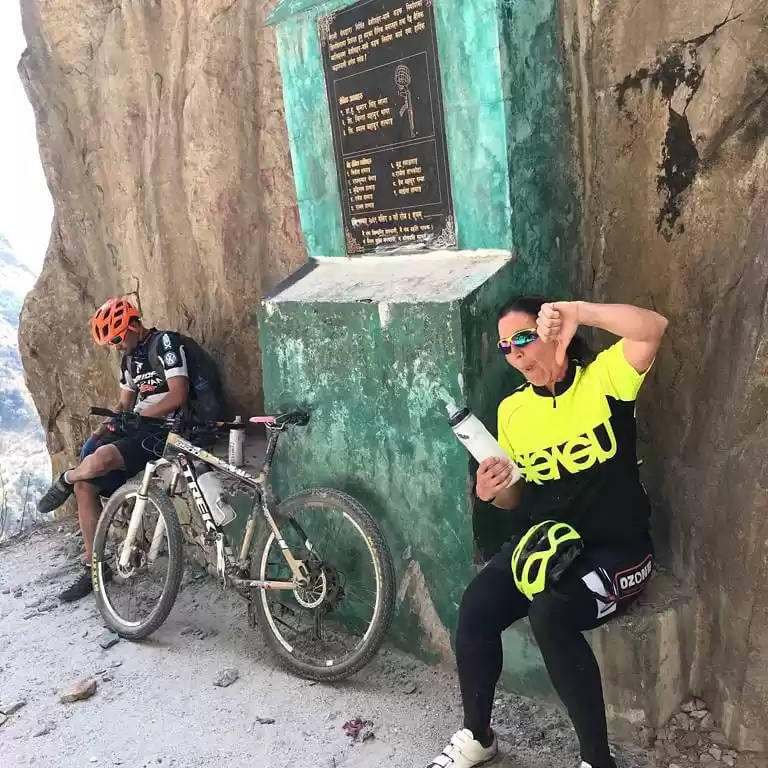Annapurna Circuit Trek
The Annapurna circuit trek is located in the heart of the mountain ranges of Nepal. It is considered the best long-distance trek in the Annapurna Region and typically takes 12 to 15 days. The journey begins in Jagat and winds through various landscapes, ranging from subtropical forests to the high Thorang La Pass (5416m). Along the way, hikers are treated to spectacular views of deep gorges, Buddhist stupas, and towering peaks such as Dhaulagiri, Annapurna, Manaslu, and other peaks above 6000-8000m. The trek also passes through charming villages that showcase the diverse cultures of the Hindu, Gurung, and Tibetan communities.
Annapurna Circuit Trek Overview:
Walking Distance: The trek covers 110—125km (from Jagat to Pokhara).
Duration: Depending on your chosen itinerary, the trek lasts 12-15 days.
Guide: A guide is compulsory to ensure your safety and help you navigate the trek.
Travel Insurance: Travel insurance is mandatory before embarking on the trek.
Permits: Before beginning the trek, you must obtain a TIMS card and ACAP.
Starting Point: You can trek from Jagat or Bhulbule.
Final Point: The trek ends at either Pokhara or Kathmandu.
Highest Elevation: The trek's highest point is Thorong La Pass, 5416m/17765ft.
Accommodation: You will be accommodated in hotels, guest houses or teahouses.
Food: You can enjoy Nepali, Indian, and Western cuisine throughout the trek.
Itinerary
Drive from Kathmandu Jagat (1100m)
Jagat to Dharapani (1960m)
Drive back to Kathmandu
Farewell/Tour Ends
TOP 7 ESSENTIAL INFORMATION FOR ANNAPURNA CIRCUIT TREK
Choose the best Seasonal time:
When to trek in the Annapurna Circuit depends entirely on your personal preferences. Your physical fitness, experience level, crowd size, and weather conditions would be best. Spring or autumn is the best time to travel if you prefer peak seasons. However, if you are seeking a more challenging adventure, you can opt for the Annapurna Circuit trek during winter, monsoon, or summer.
Permits
To travel on the Annapurna Circuit trip, you must obtain the Annapurna Conservation Area Permit (ACAP) and the Trekkers Information Management System (TIMS) cards. The permit fees are NPR 1000 for SAARC countries and NPR 3000 for non-SAARC nations. Additionally, there is an NPR 2000 TIMS card cost. You can obtain these permits from the Nepal Tourism Board or other approved organisations in Kathmandu or Pokhara.
Choose the Correct Gear:
Packing the right items is crucial for a comfortable and safe trek on the Annapurna Circuit. It is important to wear sturdy hiking boots to ensure safe walking on all terrain and prevent injuries. Preparing for all possible conditions is wise, as the weather can be unpredictable. Opt for quick-drying, breathable clothing, a warm fleece or down jacket for higher altitudes, a raincoat, and a hat. Select a suitable backpack with a cover and include other essentials such as a first aid kit, headlamps, sunglasses, water bottles, etc.
Meals at Annapurna Circuit Trek:
If you plan to travel through the Annapurna Circuit, it's essential to maintain a healthy diet that contains plenty of protein and wholesome foods. It would be best if you also avoided alcohol and tobacco during your journey. Drink at least 3 litres of water daily to prevent dehydration and altitude-related issues. Staying hydrated throughout your hike is crucial for your well-being.
During the trek, you can savour the most popular lunches: momo (Dumplings), Thukpa (Tibetian noodle soup), and dhal bhat. Nepalese favour these and are well-known for their highly nutritious content.
Besides this typical cuisine, there are many more options, including pizza, pasta, fries, dumplings, noodles, spaghetti, soups, and vegetarian and non-vegetarian salads. While on the trip, trekkers can choose from various meals to fit their dietary requirements and tastes.
Electricity and Charging Facilities on the Annapurna Circuit
In Nepal, tea houses and guesthouses have limited electricity and weather-dependent power supply. During peak seasons, you may have to wait for your turn, and charging your electronic devices may be a fee. Nepal uses three main plugs: C, D, and M, and it runs on a 230V supply voltage at 50Hz. You can bring a universal adapter to make sure you can charge your devices.
Transportation to/from Kathmandu
The trek usually begins with a private vehicle's 8-9 km drive from Kathmandu to Jagat, passing through Beshishar. At the end of the trek, there will be a 20-minute flight from Jomsom to Pokhara. Finally, we will return to Kathmandu from Pokhara by plane or bus.
Accommodation during the Annapurna Circuit Trek
While in Kathmandu or Pokhara, you can stay in well-equipped hotels and lodges. But during your trek, you'll find tiny tea houses and guesthouses managed by families. These places have simple rooms with attached bathrooms and comfortable beds. Some have squat toilets; others have regular ones. Could you bring a sleeping bag for colder nights? Many have wood fireplaces in dining or kitchen areas.
Recall About the Annapurna Circuit Trek
Trekking the Annapurna Circuit is an unforgettable adventure with stunning views, cultural experiences, and personal victories. Every moment is breathtaking, from scaling Thorong La Pass to admiring peaks like Dhaulagiri and Annapurna.
If you're ready to travel on this once-in-a-lifetime journey, contact the Nepal Hiking Team. This expert team can help you plan your dream trek and ensure a safe and unforgettable trip to Nepal. Namaste 🙏



